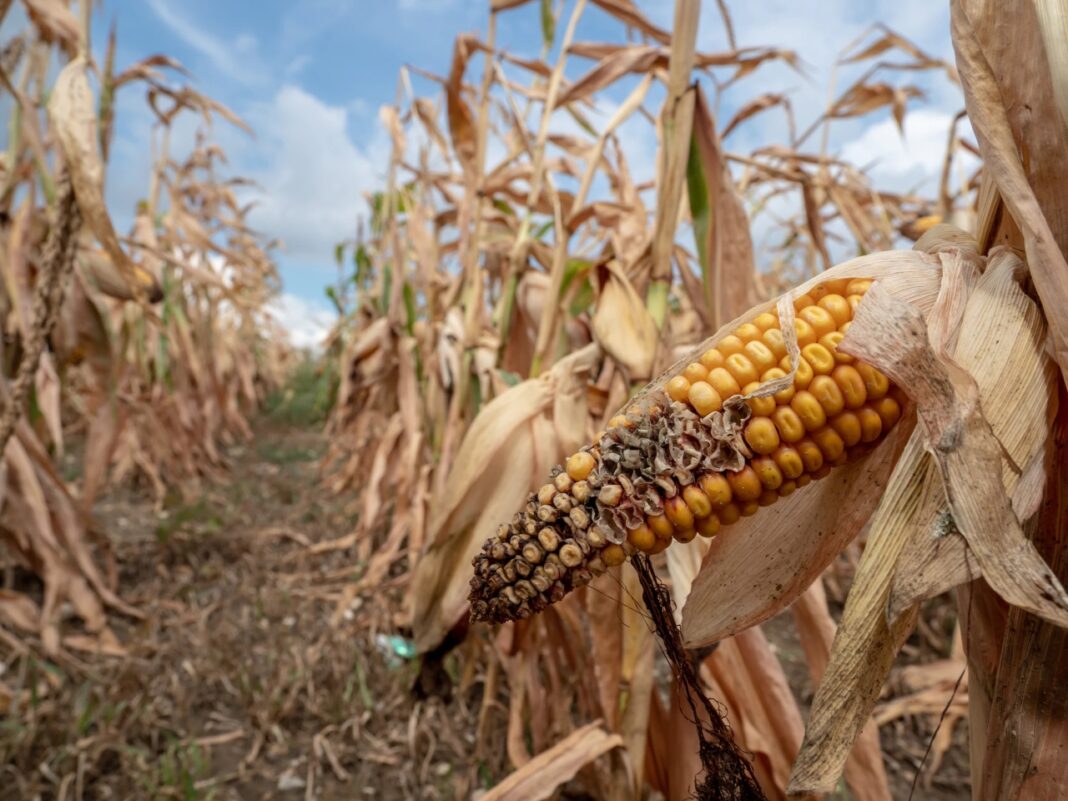Kananelo Boloetse
The food security situation in Lesotho deteriorated in 2022, with the number of food insecure people on the rise, a recent World Food Programme (WFP) report has revealed.
This, according to the report, was due to three consecutive years of drought, the socio-economic impacts of COVID-19, the global food crisis, heavy rains during the planting season affecting production, and decreased income from livestock and related product sales.
In response to the sharp deterioration in food security, WFP scaled up operations and delivered life-saving assistance to 123,989 people across ten districts, the report shows.
It provided food assistance and cash-based transfers to 58,000 people (52 percent women), including households headed by children, women, the elderly, and people with disabilities, in the three districts, Mokhotlong, Thaba-Tseka, Berea, that recorded the highest food gaps.
“WFP provided technical assistance to the Government in the planning and implementation of gender-responsive social protection programmes (school feeding and public works) that contribute to hunger eradication and long-term food and nutrition security,†reads the report.
It also states that WFP worked with the Disaster Management Authority (DMA), the Ministry of Social Development, and the Lesotho Vulnerability Assessment Committee (LVAC) to identify urban vulnerability indicators and define targeting criteria and transfer mechanisms for urban response.
WFP further strengthened beneficiary targeting systems by updating the urban National Information System for Social Assistance.
The report reads: “WFP also implemented a school feeding programme in collaboration with the government, assisting 51,000 children with school meals in 2,500 preschools.
“WFP further strengthened government capacity to manage the home-grown school feeding programme which links smallholder farmers to schools and other markets.â€
WFP also led and supported food security and nutrition assessments, including the monthly food security assessment and the Integrated Food Security Phase Classification analysis.
The assessments supported geographic targeting and resource prioritization.
“In addition, WFP strengthened the capacities of cooperating partners and government ministries in programme monitoring, implementation, and service delivery through technical support and skills trainings,†reads the report.
It also mentions that WFP continued to leverage opportunities to protect livelihoods and build households’ and communities’ adaptive capacities against shocks.
To this end, WFP supported 15,000 people as part of the integrated resilience programmes in 21 project sites across Mafeteng, Mohale’s Hoek and Quthing districts.
“WFP also supported smallholder farmers who received training in marketing, post-harvest management, nutrition, and gender mainstreaming.â€
Food insecurity is not an issue just in Lesotho but is a global problem.
Acute food insecurity is set to increase in magnitude and severity in 18 hunger “Hotspots†comprising a total of 22 countries in the outlook period of June to November 2023, Food and Agriculture Organisation (FAO) and WFP early warnings report on acute food insecurity published on May 29 this year found.
Last month FAO also released data which showed that more than a quarter of a billion people around the world faced severe hunger last year amid a worsening global food crisis that threatened to slide into famine for millions.
One of the key factors was identified as the war in Ukraine which has raised food prices globally. The lingering impacts of the Covid-19 pandemic also reportedly played a role, as did the changing climate.
2022, according to the 2023 edition of the annual Global Report on Food Crises, was the fourth year in a row in which the number of people facing food crises increased substantially.
At least 258 million people in 58 countries faced acute food insecurity – defined as hunger so severe that it poses an immediate threat to people’s livelihoods and lives.
The number was up sharply from 193 million people in 53 countries in 2021.
More than 35 million children under five suffered from wasting in the 58 countries covered last year, of whom more than nine million were found to be severe.




